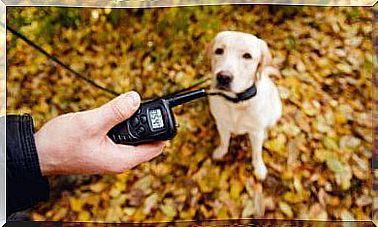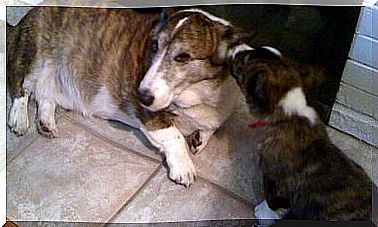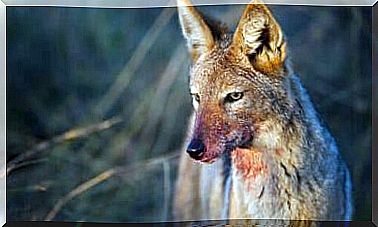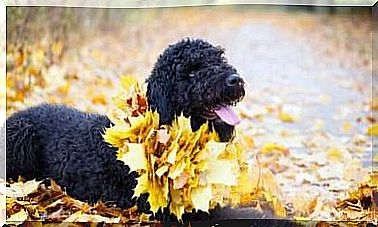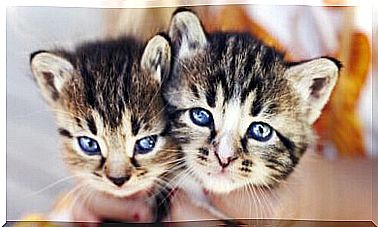Brinsks, The Dog That Has Been Smiling Since He Was Rescued

Pit bulls cause different sensations among people. Several episodes reported by the media have contributed to generating hatred towards this breed. But knowing Brinsks, the smiling dog, perhaps this image could change.
The story of Brinsks, the smiling dog
This stray pit bull was wandering around Brooklyn when he collided with a human and his dog. The human was Jon and his dog Demo, and the three immediately found themselves in tune. Jon decided to keep Brinsks with him while he tried to find his master.
Months went by and Brinsks’ owner didn’t show up. For this reason, Jon decided to keep the dog. At that time, the animal was only 11 months old. But, as you can see, he still continues to smile 12 years later.
Everyone who knows Brinsks, the smiling dog, says that anyone who thinks pit bulls are scary should know him. The really surprising thing is that Brinsks often smiles, as if he were a human being, in the face of situations that give him pleasure.
Jon says Brinks “Smiles when you give him treats, when you greet him in the morning and when he’s sleeping.” You can see his smile at any time when the animal is happy, whether he is driving, basking in the sun or standing in front of the fire.
Is it normal to find a dog that smiles?

Dogs have been shown to have the ability to make special sounds and curl their mouths when they are happy, gestures that scientists compare to the laughter of humans.
Experts argue that the laughter some owners feel they hear from their furry friends while playing or interacting with them are actually the smiles of a happy animal.
Almost human emotions and gestures
We are not that different. There are many emotions that we have always believed exclusive to human beings, but which instead have a counterpart in animals. For example love, communication and empathy.
A dog’s smile is very similar to that produced by a happy person’s face. The corner of the mouth becomes more pronounced and stretches almost from ear to ear. The smile of dogs is easy to notice when they play, when they are in the company of someone they love, etc.
Does dog laughter have a sound?
Verifying if a dog also makes sounds when it smiles is a goal that many researchers have set themselves. Among them is an expert in canine behavior, Patricia Simonet, of the University of Sierra Nevada, in the United States.
This ethologist went to the parks where meetings of these animals were held “armed” with powerful microphones. The purpose of the experiment was to record the laughter of dogs as they played and had fun with their fellow men.
These studies have led to important conclusions. The breathing of dogs when they play is not always the same. In the midst of the fun, a different and more labored sound is created.
This sound is contagious to other dogs, it conveys joy and the desire to have fun. This would create canine laughter. It’s a labored breathing, a kind of hhuh, hhuh.
The contagious laughter
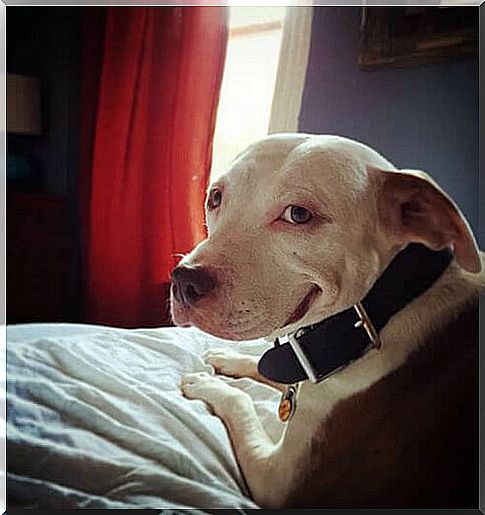
These dog laughter recordings were used in another experiment. They were heard by a group of 15 puppies. The researchers were surprised to see their reaction. The little ones exploded with joy just hearing the sounds of laughter from other dogs.
This positive impact of other dogs’ laughter is now being used in shelters and adoption centers. In these cases, the happy sounds of other dogs improve the mood and reduce the stress of dogs that have suffered abandonment and are waiting to find a home.
The meaning of the canine smile
This smiling expression does not necessarily indicate happiness. When the animal’s mouth is only slightly open, with a faint semblance of a smile, it may be that he is actually impatient or nervous about something. The anxiety signs that accompany a stiff smile can include heavy breathing with the tongue out, groans, and chattering teeth.
It is up to future studies to determine when these canine gestures express happiness or some other type of sensation.
Photo source: www.actitudfem.com

